Eyewitness, Being Personal Reminiscences Of Certain Phases Of The Great War,
Including The Genesis Of The Tank [Illustrated Edition]
Nonfiction, History, Military, World War I, Germany, British| Author: | Major-General Ernest D. Swinton | ISBN: | 9781786255600 |
| Publisher: | Lucknow Books | Publication: | November 6, 2015 |
| Imprint: | Lucknow Books | Language: | English |
| Author: | Major-General Ernest D. Swinton |
| ISBN: | 9781786255600 |
| Publisher: | Lucknow Books |
| Publication: | November 6, 2015 |
| Imprint: | Lucknow Books |
| Language: | English |
Includes the First World War Illustrations Pack – 73 battle plans and diagrams and 198 photos
Major-General Ernest Swinton had already had a long and illustrious career in the British Army before the advent of the First World War in 1914. Appointed as the official war correspondent by the war Minister Lord Kitchener in 1914, his reporting home was the only way for the British people to follow the war as journalists were at that time banned at the front. In these dispatches from the front Swinton told the public of the bloody fighting in Flanders and the heroic efforts of the Allies to stop the German Juggernaut. The miserable conditions and bloody siege warfare of the trenches left a lasting impression on him and he looked to a scientific solution to the muddy stalemate of the Western Front. He would gain lasting fame as the architect of the “tank” project that was to revolutionize warfare in the First World War and for many years thereafter. In this volume of reminiscences he traces his involvement in the early years of the war and his later years as the driving force in the development and adoption of the tank.
Includes the First World War Illustrations Pack – 73 battle plans and diagrams and 198 photos
Major-General Ernest Swinton had already had a long and illustrious career in the British Army before the advent of the First World War in 1914. Appointed as the official war correspondent by the war Minister Lord Kitchener in 1914, his reporting home was the only way for the British people to follow the war as journalists were at that time banned at the front. In these dispatches from the front Swinton told the public of the bloody fighting in Flanders and the heroic efforts of the Allies to stop the German Juggernaut. The miserable conditions and bloody siege warfare of the trenches left a lasting impression on him and he looked to a scientific solution to the muddy stalemate of the Western Front. He would gain lasting fame as the architect of the “tank” project that was to revolutionize warfare in the First World War and for many years thereafter. In this volume of reminiscences he traces his involvement in the early years of the war and his later years as the driving force in the development and adoption of the tank.
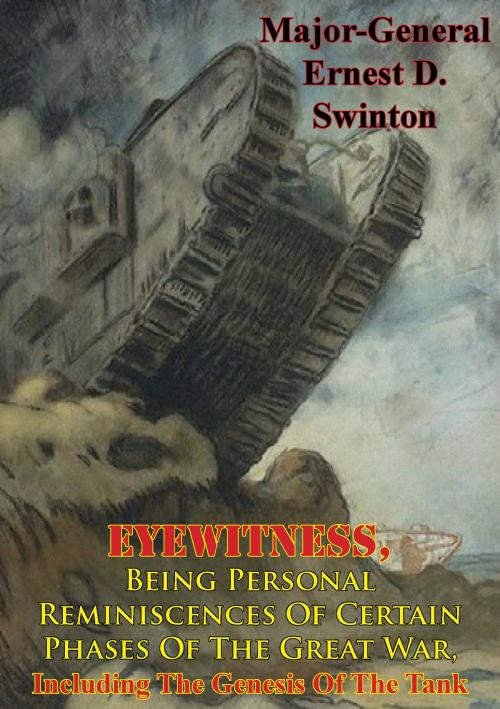
![Cover of the book The Battle Of The Somme - The First Phase. [Illustrated Edition] by Major-General Ernest D. Swinton](https://www.kuoky.com/images/2012/april/300x300/9781782890676-yd5P_300x.jpg)
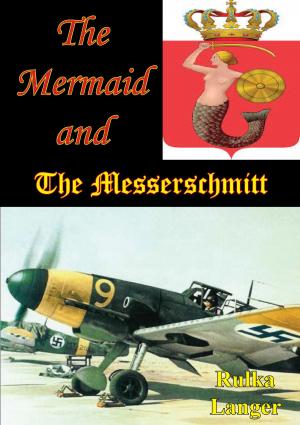


![Cover of the book TO BIZERTE WITH THE II CORPS - 23 April - 13 May 1943 [Illustrated Edition] by Major-General Ernest D. Swinton](https://www.kuoky.com/images/2014/august/300x300/9781782894582-rGRQ_300x.jpg)
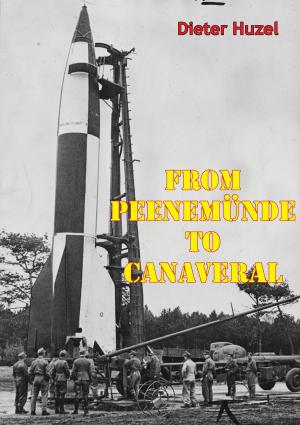
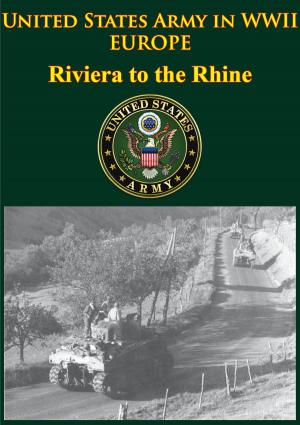
![Cover of the book The Curtain Of Steel [Illustrated Edition] by Major-General Ernest D. Swinton](https://www.kuoky.com/images/2015/november/300x300/9781786255389-HRfc_300x.jpg)
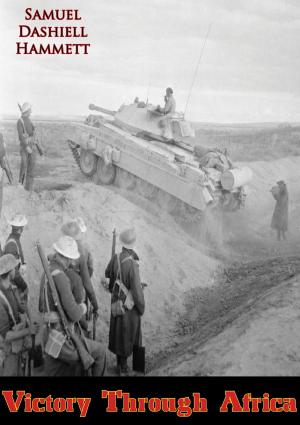
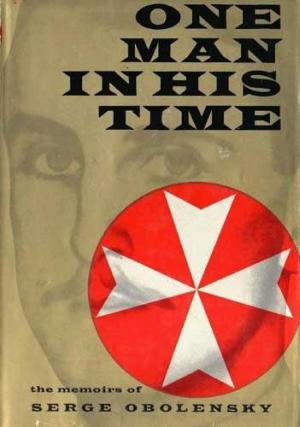
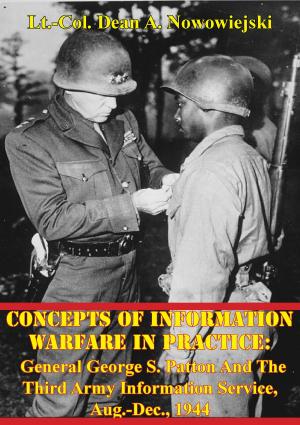
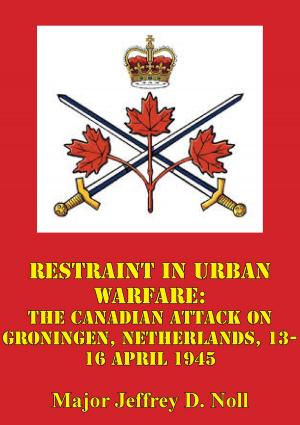
![Cover of the book Light And Shade In War [Illustrated Edition] by Major-General Ernest D. Swinton](https://www.kuoky.com/images/2014/august/300x300/9781782893080-Lzb6_300x.jpg)
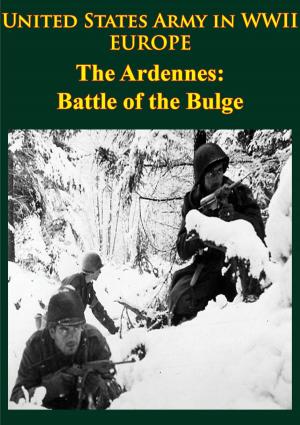
![Cover of the book A Private In The Guards [Illustrated Edition] by Major-General Ernest D. Swinton](https://www.kuoky.com/images/2015/november/300x300/9781786255327-SjeE_300x.jpg)